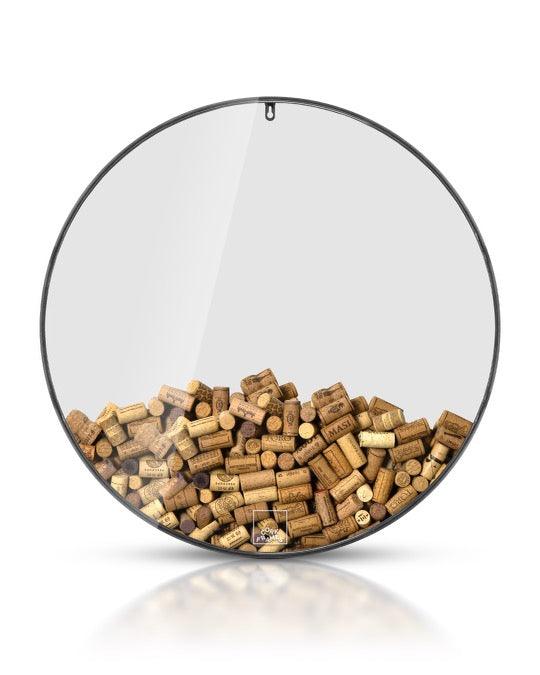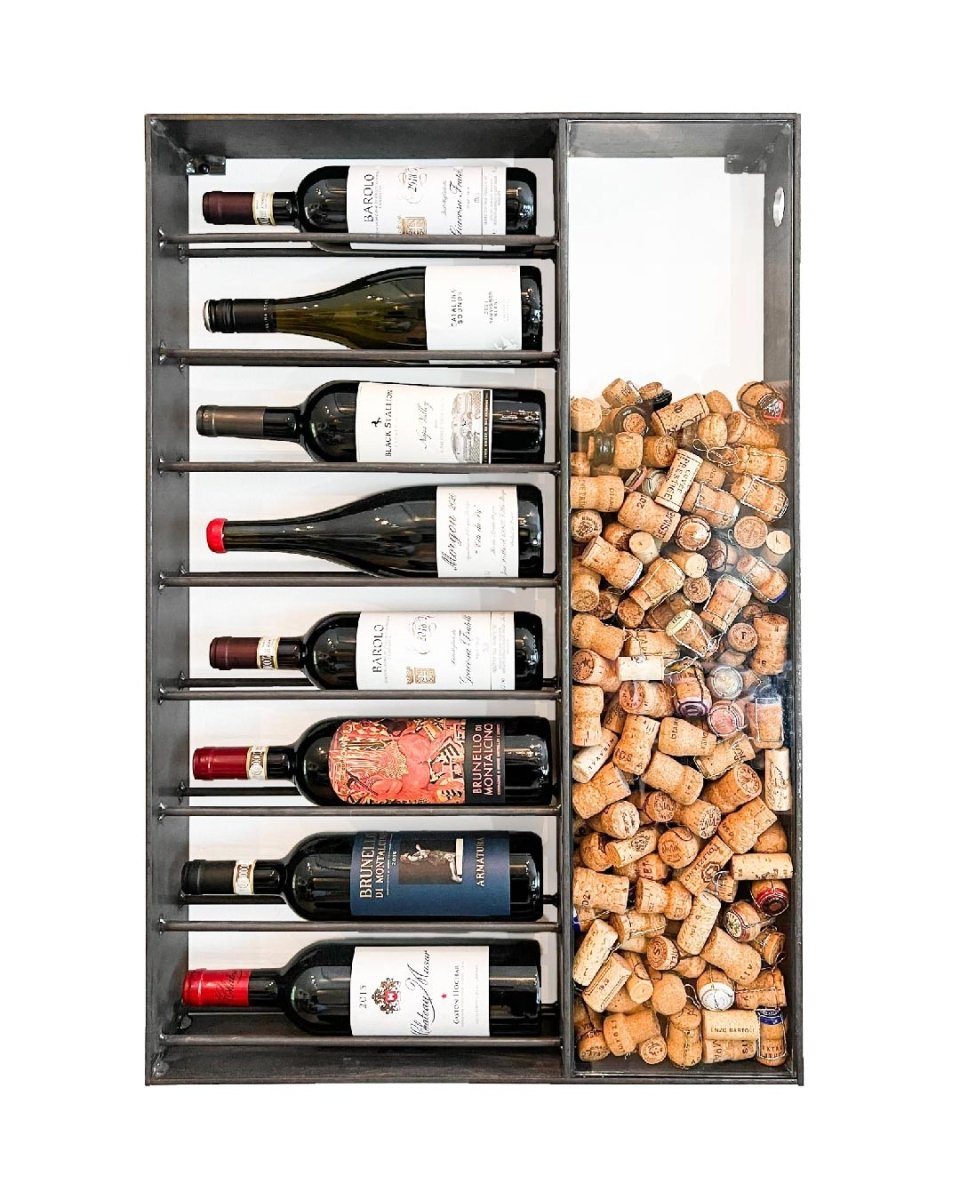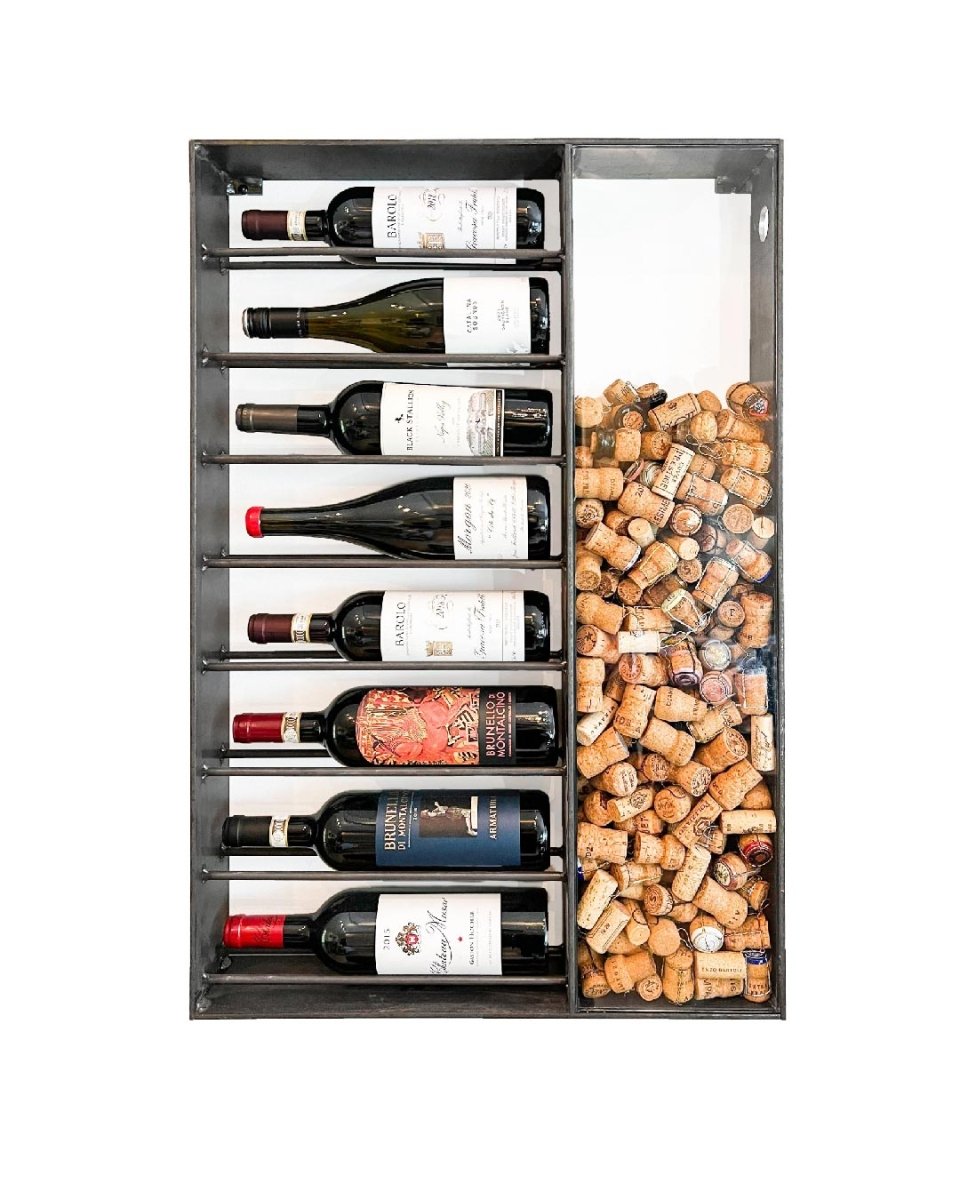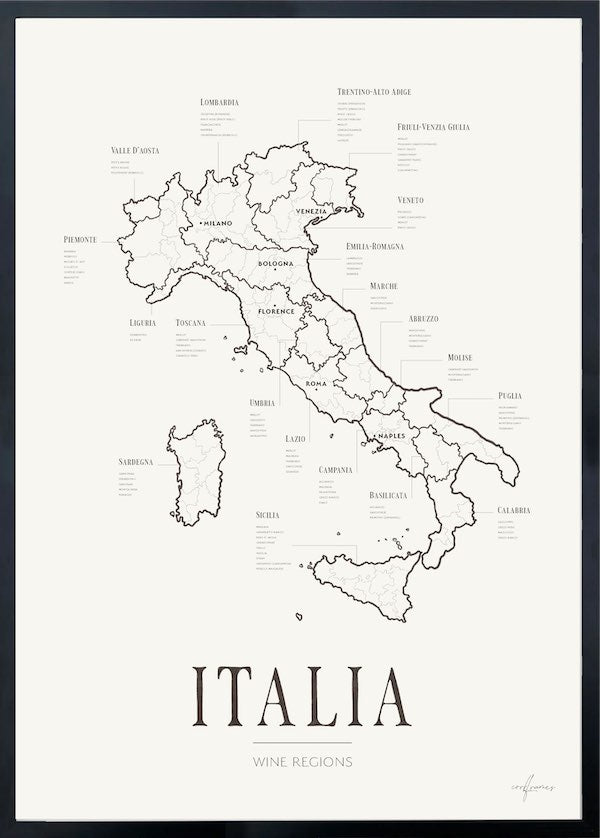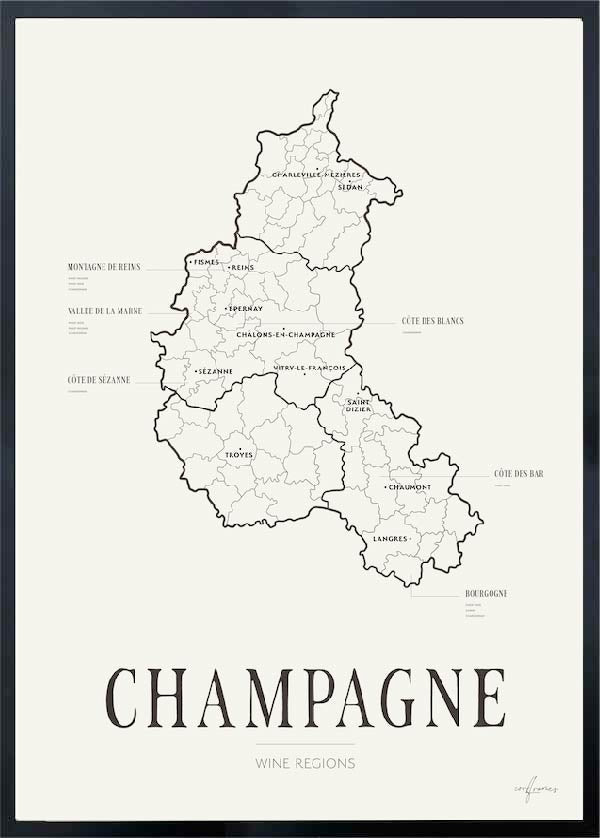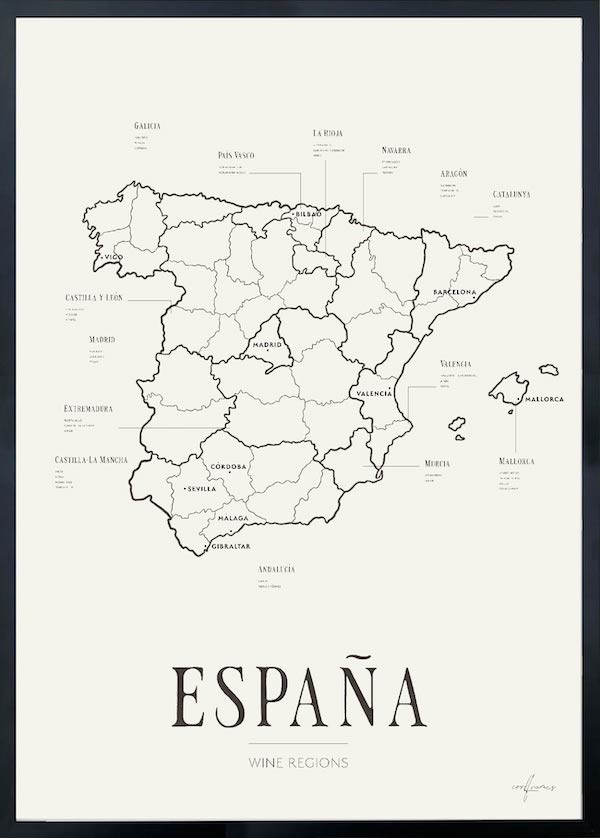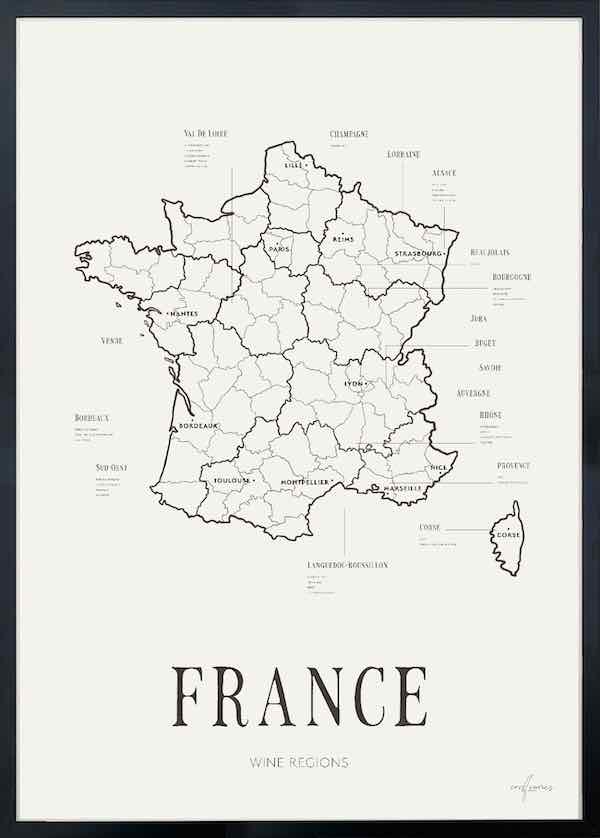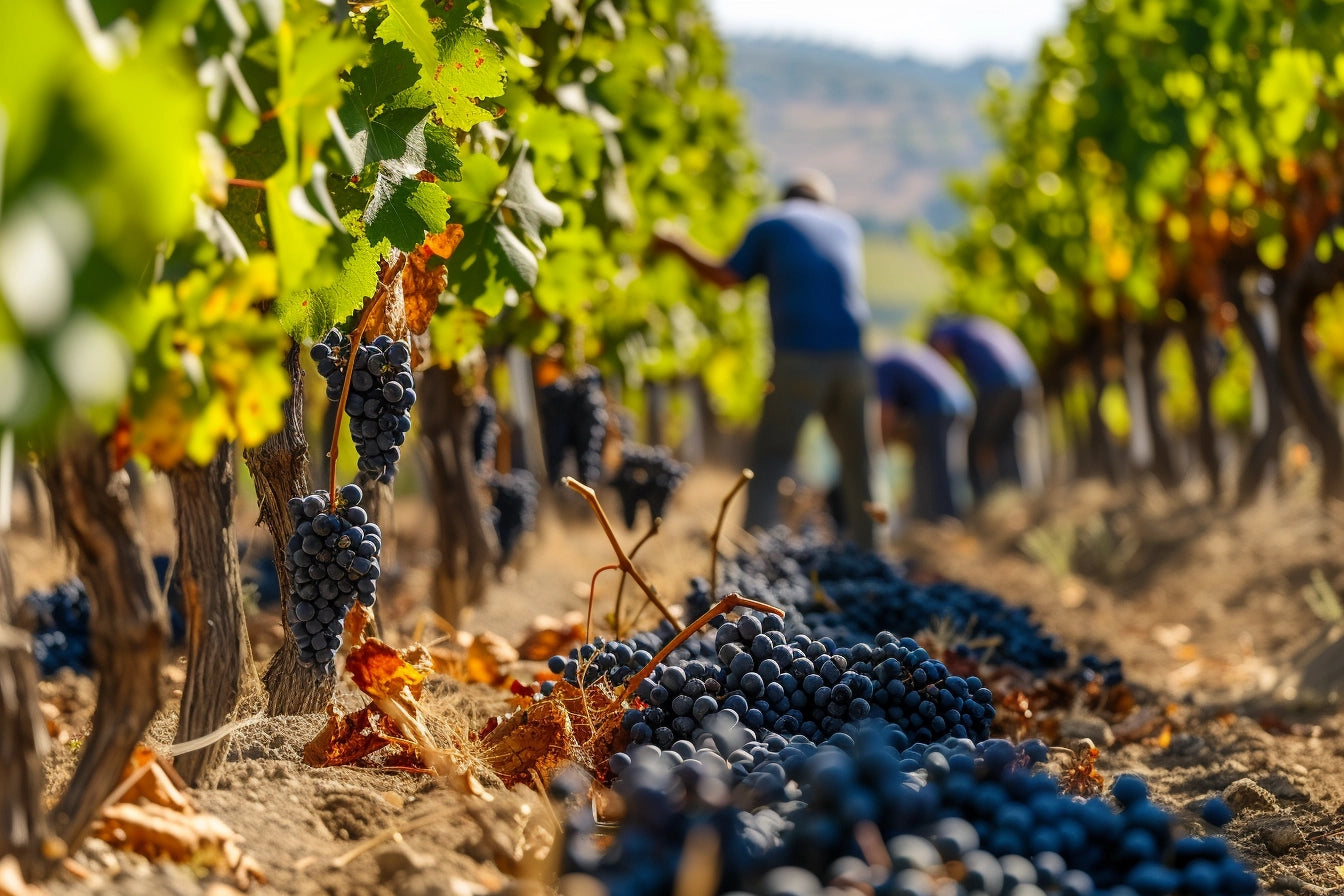In a wine world obsessed with novelty, sometimes the most exciting discoveries are those hidden in plain sight. Two nearly forgotten grape varieties – Mission and País – are quietly staging a comeback, and their revival is as much about flavor as it is about history, identity, and resistance.
From Colonization to Obscurity
Mission and País are not new. In fact, they’re some of the oldest wine grapes in the Americas. Introduced by Spanish missionaries in the 16th century, they were the foundation of winemaking in California, Mexico, and Chile for hundreds of years. Mission (also known as Listán Prieto) was the first grape ever planted in California, while País became central to Chilean wine culture.
So why did they disappear?
The decline began in the late 19th and early 20th centuries. As international wine markets expanded and Bordeaux and Burgundy grapes gained prestige, varieties like Mission and País were seen as rustic, unsophisticated, and unprofitable. They became associated with cheap table wine and religious sacrament, not fine dining. Modern viticulture turned its back, replacing them with Cabernet Sauvignon, Merlot, Chardonnay – grapes with name recognition and market value.
For decades, Mission and País survived mostly in obscurity, grown by older generations or used in bulk wine production. Their cultural and agricultural legacy was largely forgotten.
A New Generation Reclaims the Old
Now, in a surprising turn, these grapes are being rediscovered by young, independent winemakers in California and Chile. In an era of climate concern, minimal intervention, and a hunger for authenticity, Mission and País offer something the wine world didn’t know it was missing.
In Chile, País has become a symbol of small-scale, sustainable viticulture. Particularly in Maule and Itata, producers are working with old, dry-farmed vines – some over 100 years old – to create light, fresh, unfiltered wines that reflect the region’s identity.
In California, a new wave of winemakers in places like Sonoma, the Sierra Foothills, and Santa Barbara are crafting elegant, low-alcohol reds from Mission grapes. These wines are often described as light-bodied, aromatic, and complex – somewhere between a Pinot Noir and a Beaujolais.
Why It Matters
Drinking Mission or País isn’t just about taste – it’s about connection. These wines tell stories of migration, colonization, survival, and reinvention. They challenge modern assumptions about what makes a wine “good” and offer a more inclusive narrative of wine history – one that predates the French canon.
They also happen to pair beautifully with food. Their vibrant acidity, low tannins, and fresh fruit profile make them versatile at the table, especially with lighter fare like grilled vegetables, roast chicken, or Mediterranean dishes.
For Corkframes readers – who appreciate both craftsmanship and a compelling backstory – these wines are more than a trend. They’re a movement. A way of drinking that embraces the past while looking ahead.






